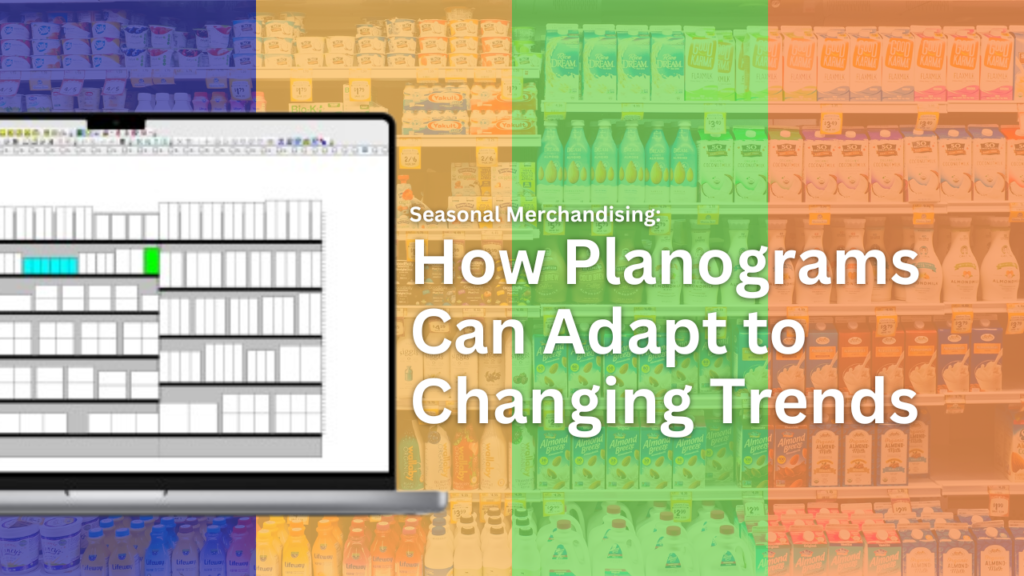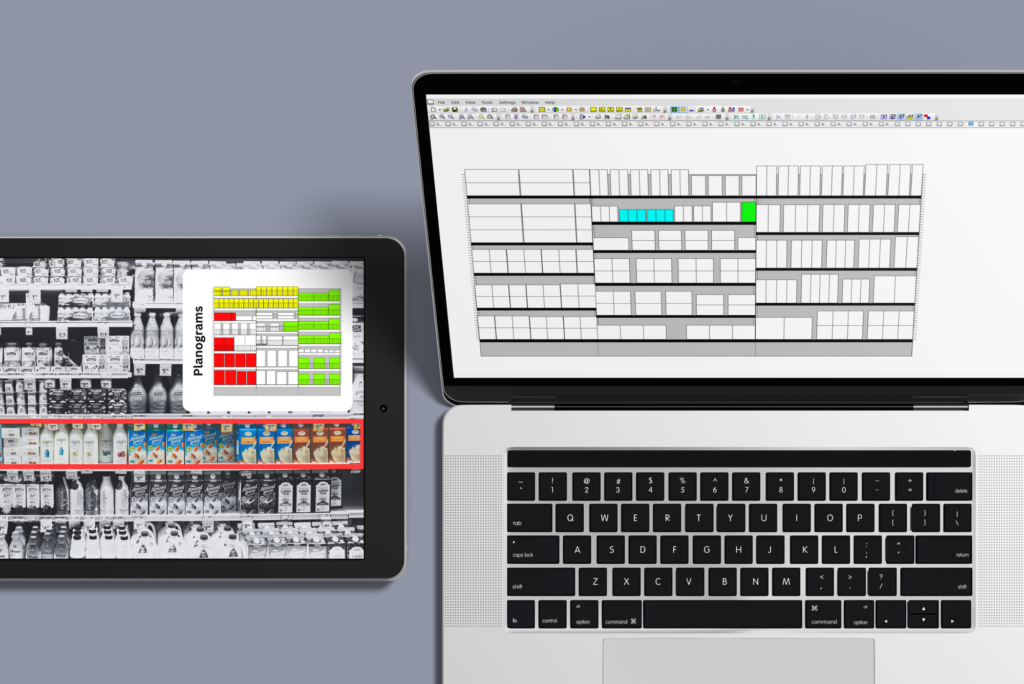Seasonal Merchandising: How Planograms Can Adapt to Changing Trends

In the fast-paced world of retail, staying ahead of changing trends is crucial for success. Seasonal shifts, holidays, and cultural events all influence consumer behavior, driving demand for specific products at different times of the year. To capitalize on these fluctuations, retailers must be agile, adapting their store layouts and product displays accordingly. This is where planograms, the visual blueprints of retail spaces, play a pivotal role. When used strategically, planograms can significantly enhance seasonal merchandising, helping retailers maximize sales and improve the customer experience.

Understanding the Dynamics of Seasonal Merchandising
Seasonal merchandising is about more than just rotating products on shelves; it involves a comprehensive strategy to meet consumer expectations, create a memorable shopping experience, and boost sales. Whether it’s back-to-school season, the holiday rush, or summer clearance, each period brings unique challenges and opportunities. Retailers must consider factors such as:
- Consumer Behavior: Seasonal events influence what customers are looking for, how they shop, and when they make purchases.
- Inventory Management: Ensuring the right products are available at the right time, without overstocking or understocking.
- Visual Appeal: Creating displays that catch the eye and draw customers into the store, enhancing the shopping experience.
Adapting planograms to align with these dynamics is essential for successful seasonal merchandising.
The Role of Planograms in Seasonal Merchandising
Planograms are detailed diagrams that depict where and how products should be displayed in retail spaces. They help retailers manage shelf space efficiently, optimize product placement, and ensure a consistent shopping experience across multiple locations. Here’s how planograms can be adapted for seasonal merchandising:
- Flexibility in Design:
- Seasonal trends often require rapid changes in product placement. Planograms can be designed with flexibility in mind, allowing for quick adjustments. This means incorporating modular fixtures or movable displays that can be easily reconfigured to accommodate new products or seasonal themes.
- Highlighting Seasonal Products:
- Planograms can be used to strategically position seasonal products in high-traffic areas, such as end caps, front-of-store displays, or near checkout counters. This visibility boosts the likelihood of impulse purchases and ensures that seasonal items receive the attention they deserve.
- Optimizing Shelf Space:
- During peak seasons, certain products will naturally take precedence over others. Planograms can help retailers optimize shelf space by reallocating space to high-demand seasonal items while reducing the presence of slower-moving products. This not only increases sales but also enhances inventory turnover.
- Consistency Across Locations:
- For retailers with multiple locations, maintaining consistency in seasonal displays is crucial. Planograms ensure that each store adheres to the same merchandising strategy, providing a uniform shopping experience. This consistency strengthens brand identity and ensures customers know what to expect, regardless of the location.
- Data-Driven Adjustments:
- Retailers can leverage data analytics to refine their planograms throughout the season. By analyzing sales data, customer feedback, and market trends, they can make informed adjustments to product placement and inventory levels. This dynamic approach allows retailers to respond quickly to changing consumer demands.
Adapting to Trends with Technology
In today’s digital age, technology plays a crucial role in optimizing planograms for seasonal merchandising. Advanced tools like Analyticsmart’s Merchandising App offer features such as:
- Real-Time Data Integration: The ability to update planograms in real-time based on sales data, ensuring that displays are always aligned with current trends.
- Machine Learning Algorithms: Predictive analytics that forecast which products will be in demand for upcoming seasons, allowing retailers to prepare their merchandising strategies in advance.
- Remote Collaboration: The capability for retail teams to collaborate on planogram adjustments remotely, ensuring quick and efficient updates across multiple locations.
By harnessing these technologies, retailers can stay ahead of the curve, adapting their merchandising strategies to seasonal trends with greater precision and efficiency.
Seasonal merchandising is a dynamic and ever-changing aspect of retail that requires careful planning and execution. Planograms are a powerful tool in this process, providing the structure and flexibility needed to adapt to changing trends. By strategically adjusting planograms to highlight seasonal products, optimize shelf space, and maintain consistency across locations, retailers can maximize sales and create a compelling shopping experience. As consumer behavior continues to evolve, the ability to quickly adapt to these changes will be key to staying competitive in the retail landscape. With the right approach, planograms can be the cornerstone of a successful seasonal merchandising strategy.
Have A Question?
Learn how Analyticsmart can elevate your retail performance with data-driven insights and customized solutions.
Contact Sales
Have a question or comment? Submit your message through our contact form and a member of our team will get back to you within 24 hours.
Marketing Head | Analyticsmart
Unlock Your Retail Potential With Us



